Your cart is currently empty!
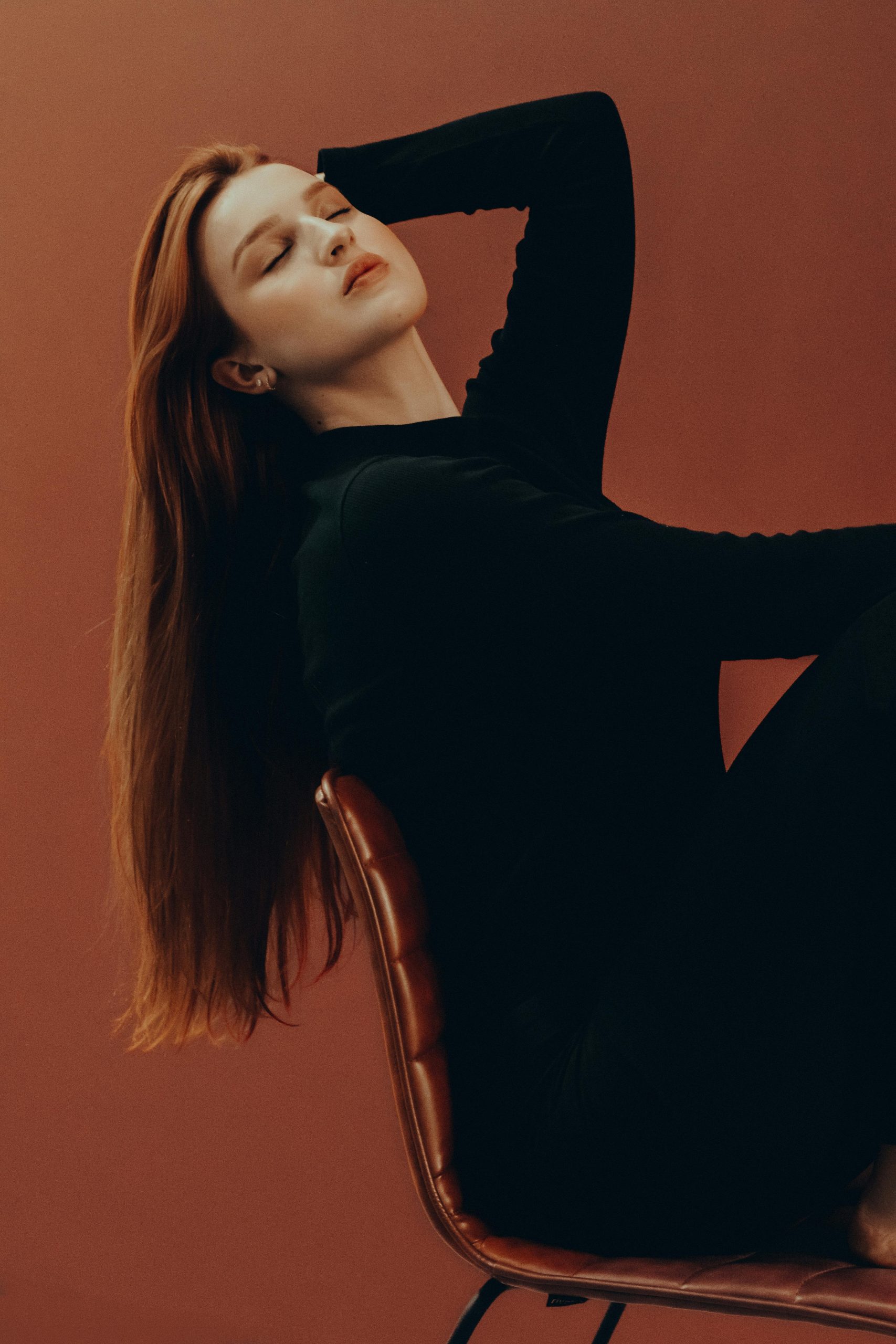
Early Women’s Fashion has always been a reflection of social, economic, and cultural shifts. From the rigid structures of the early eras to the liberating silhouettes of later years, women’s fashion tells a rich story of progress and transformation. This article delves deep into the history of early women’s fashion, exploring key trends and significant changes that have shaped the clothing of women throughout history.
The Beginnings: Ancient Civilizations
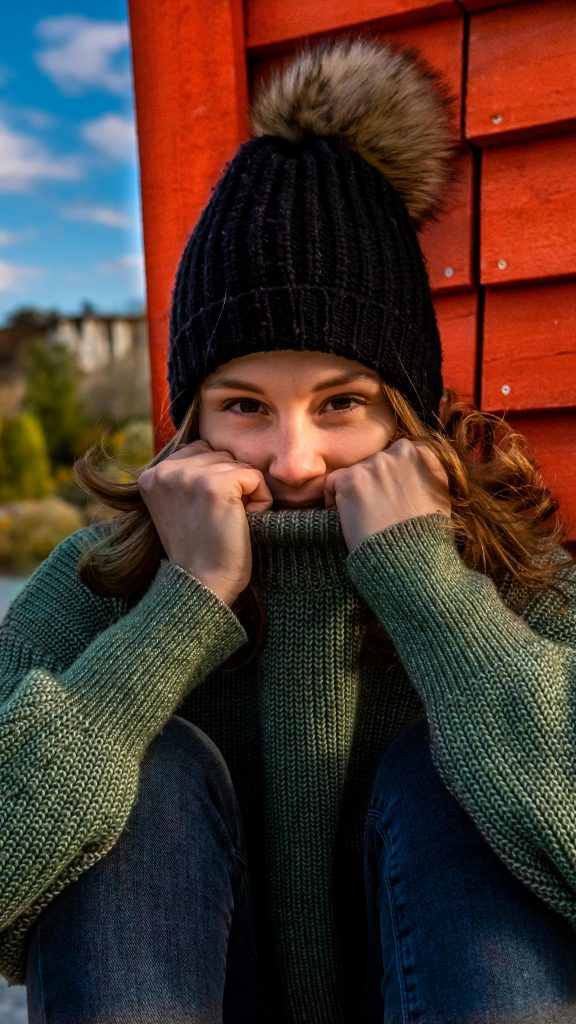
Egyptian Fashion
In ancient Egypt, clothing was not just practical but also a symbol of status. Women’s fashion primarily consisted of simple yet elegant garments, made from linen due to Egypt’s hot climate. Wealthy women often wore kalasiris, a form-fitting dress that extended from below the bust to the ankles. Jewelry and headdresses were essential accessories, symbolizing both social standing and religious significance.
Greek and Roman Influences Early Women’s Fashion
The Greeks and Romans introduced draped garments, with women’s fashion focusing on loose, flowing fabrics that emphasized grace and freedom of movement. Greek women commonly wore the peplos, a rectangular piece of cloth draped and fastened over the shoulders. In contrast, Roman women favored the stola, a long garment worn over a tunic, paired with a palla, or cloak, for additional modesty.
The Middle Ages: Modesty and Symbolism
The Role of Religion in Fashion
During the Middle Ages, women’s fashion was heavily influenced by religion. Modesty was key, and clothing was designed to cover the body as much as possible. The chemise became a staple, often worn under long tunics or gowns. The kirtle, a long dress that fastened at the back or sides, was common among both the lower and upper classes, though wealthier women would embellish their kirtles with fur or intricate embroidery.
Head Coverings and Social Status Early Women’s Fashion
Head coverings were an essential part of women’s fashion in the Middle Ages. The wimple, a cloth covering the neck and chin, and the veil, worn over the head, were common accessories. These garments often signified a woman’s social status and marital status, with elaborate designs and fabrics reserved for the wealthy.
The Renaissance: A Flourish of Luxury Early Women’s Fashion
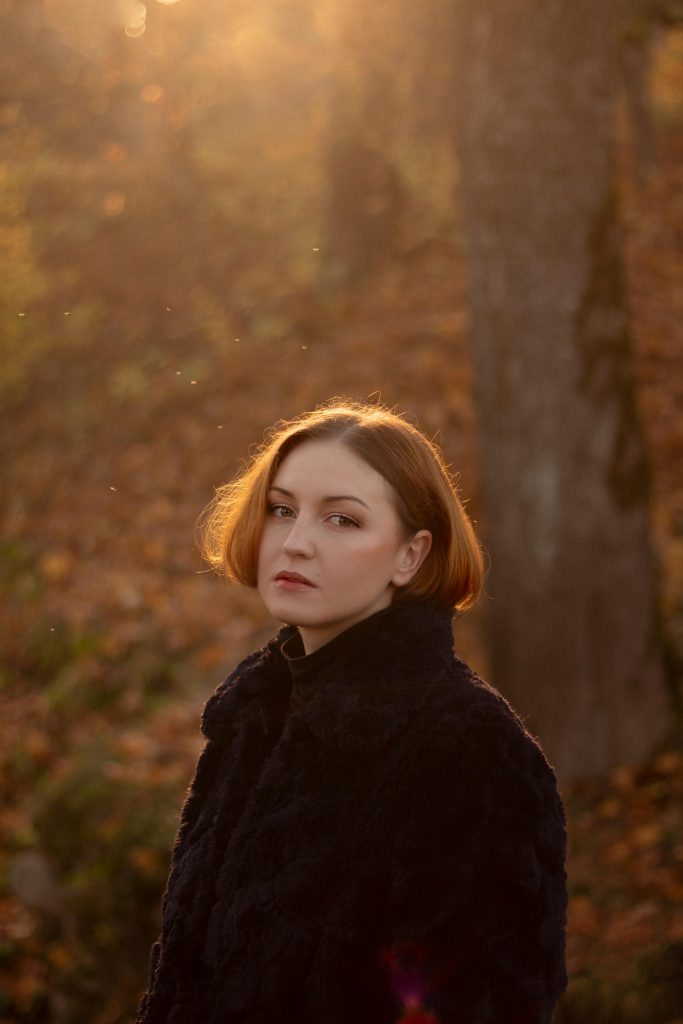
Luxurious Fabrics and Structured Silhouettes
With the Renaissance came a rebirth of art, culture, and, of course, women’s fashion. This era marked a return to more elaborate and structured clothing, as women began to wear gowns with fitted bodices and wide skirts. Rich fabrics such as silk, velvet, and brocade were favored among the wealthy. Clothing was not only a reflection of wealth but also a statement of one’s connection to the cultural revival sweeping through Europe.
Corsets and Farthingales
The corset emerged as a defining feature of women’s fashion during the Renaissance. Worn to shape the torso into a conical form, the corset became synonymous with femininity. Paired with the farthingale, a hoop skirt designed to widen the hips, these garments helped create the idealized hourglass figure of the era. Women’s fashion during this time was both restrictive and opulent, embodying the excesses of the Renaissance court.
The Baroque and Rococo Eras: Extravagance Defined
The Baroque Era: Drama and Grandeur
The Baroque era of the 17th century was characterized by dramatic and lavish clothing. Women’s fashion became increasingly ornate, with ruffles, lace, and intricate detailing dominating the scene. The silhouette was further exaggerated with the introduction of the pannier, a wide-hooped structure worn under the skirt to extend its sides. This gave women a highly distinctive and regal appearance.
Rococo Fashion: Light and Pastel Elegance
By the 18th century, the Rococo era softened the dramatic style of the Baroque period. Women’s fashion became lighter and more delicate, with pastel colors and intricate embroidery dominating the style. Marie Antoinette, the French queen, was a key figure in defining Rococo fashion, popularizing extravagant gowns adorned with ribbons, lace, and flowers. The robe à la française, with its loose back and cascading pleats, became a hallmark of the era.
The 19th Century: The Birth of Modern Fashion Early Women’s Fashion
The Regency Era: Simplicity and Grace
The early 19th century, particularly during the Regency era, saw a departure from the excessive styles of the past. Inspired by classical antiquity, women’s fashion became simpler and more graceful. High-waisted empire dresses made from lightweight muslins were popular, often paired with shawls or spencers (short jackets). The emphasis shifted towards natural beauty and simplicity, a reflection of the political and social changes occurring in Europe.
Victorian Fashion: Modesty and Opulence Early Women’s Fashion
As the century progressed into the Victorian era, women’s fashion once again became more elaborate. Corsets remained essential, though the silhouette shifted from the high-waisted empire style to a more defined waist and voluminous skirts supported by crinolines and later bustles. Victorian fashion was marked by layers of fabric, detailed trims, and a focus on modesty, with high collars and long sleeves dominating the style.
Accessories: Gloves, Parasols, and Jewelry
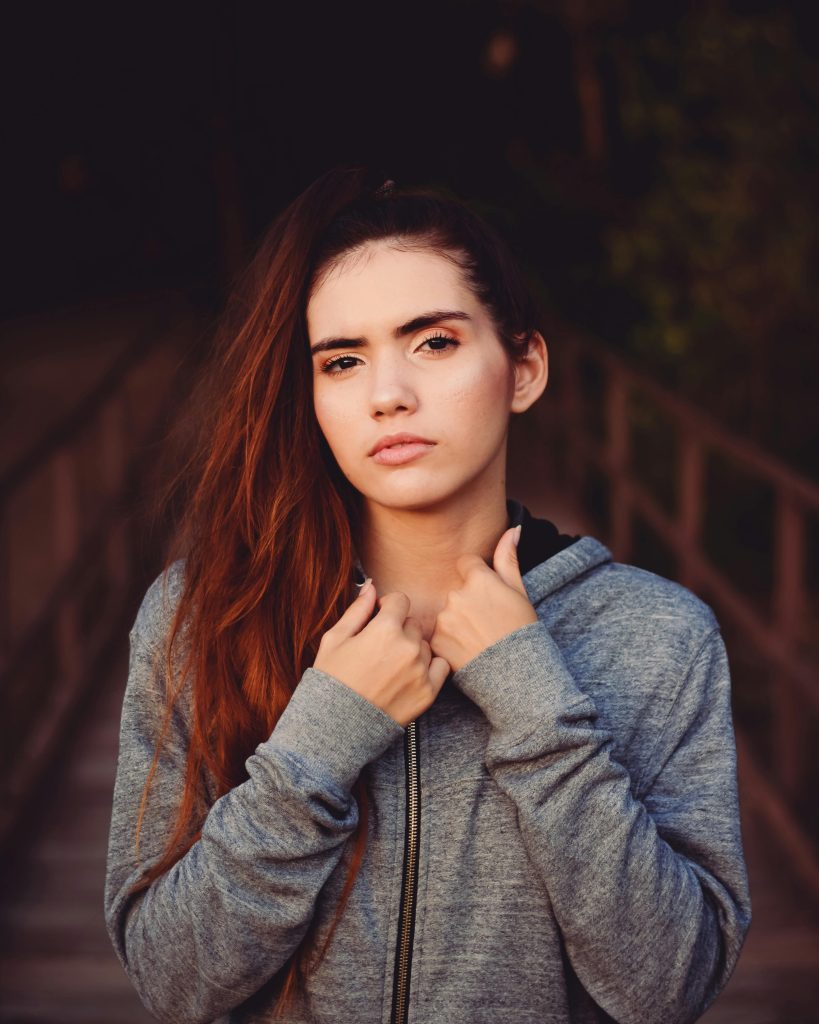
Accessories played a crucial role in Victorian women’s fashion. Gloves, often made of silk or lace, were worn at all times, as were parasols, which protected the skin from the sun. Jewelry became more elaborate, with lockets, brooches, and cameos being popular choices among fashionable women of the era.
Conclusion:
From ancient draped garments to the restrictive corsets and voluminous skirts of later centuries, early women’s fashion has undergone significant transformations. Each era has left its mark, contributing to the evolving definition of femininity and style. Today’s fashion draws inspiration from these historical trends, blending the old with the new to create modern designs that continue to captivate and inspire.
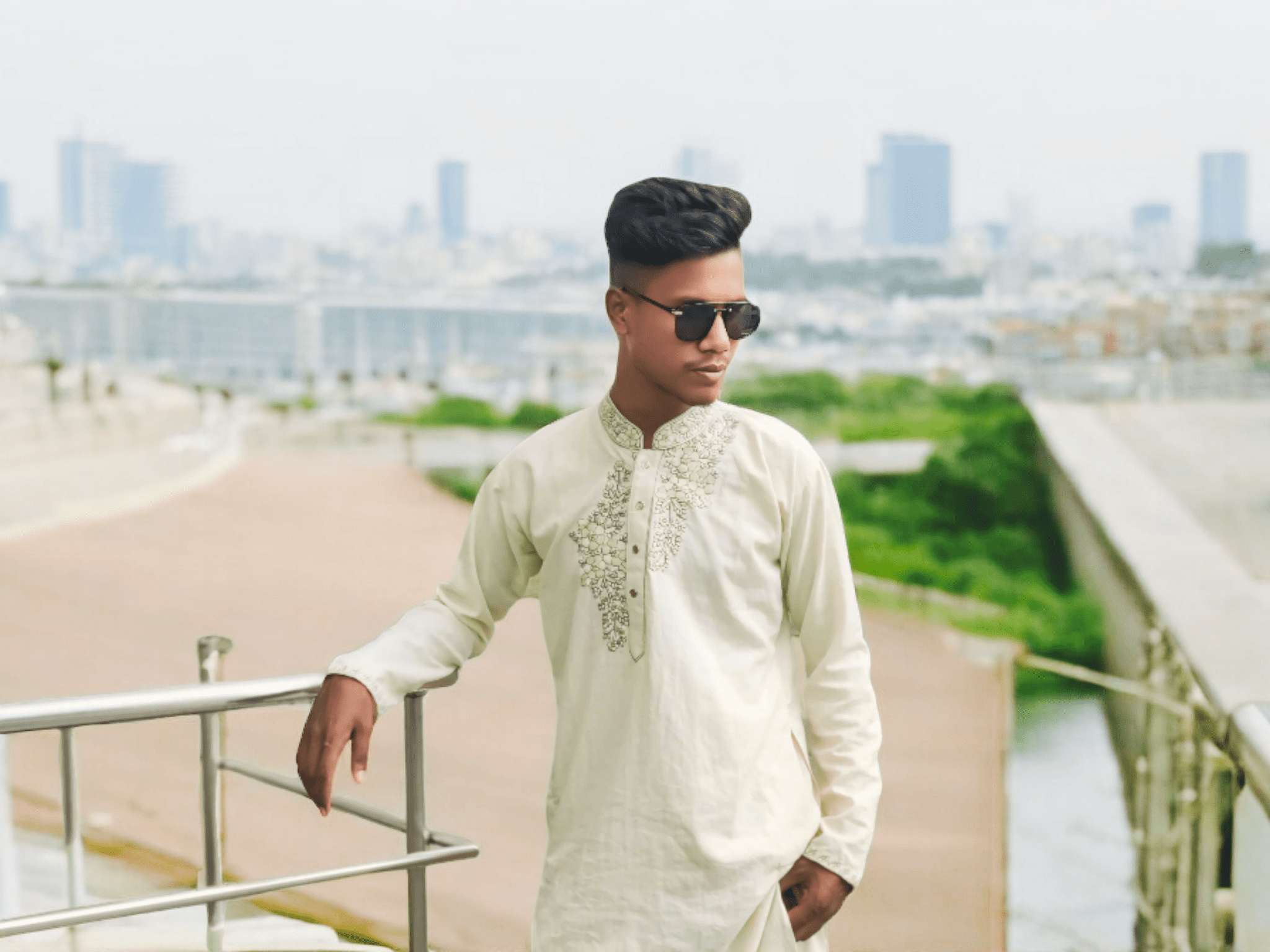
Assalamu Alaikum.. I am Mohammad Sojib I have been working in fashion for a long time I am in US and UK and I write about this topic in many places. I have been working and working on this topic for a long time
And I am a blogger I have been blogging about fashion for a long time in different places.
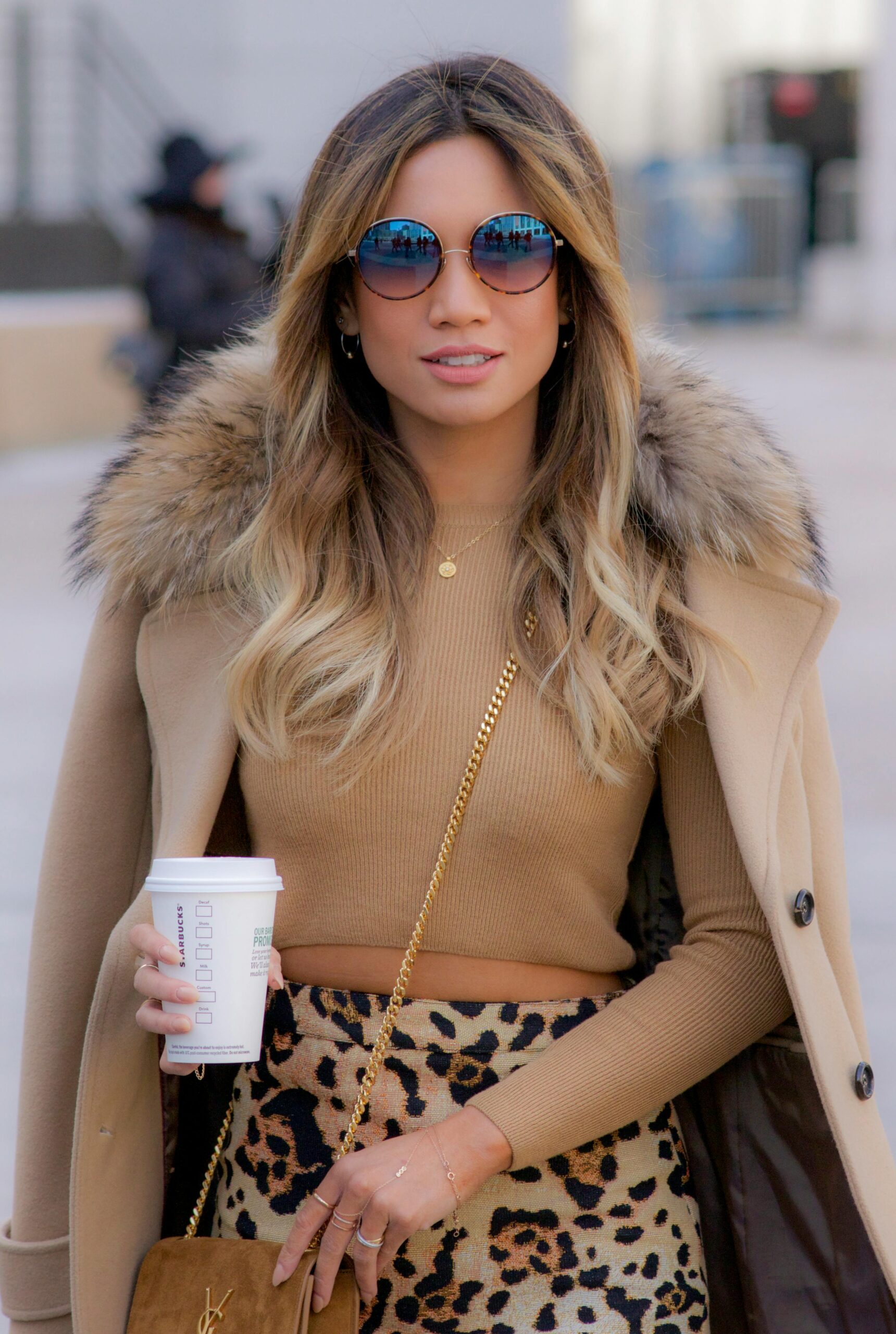
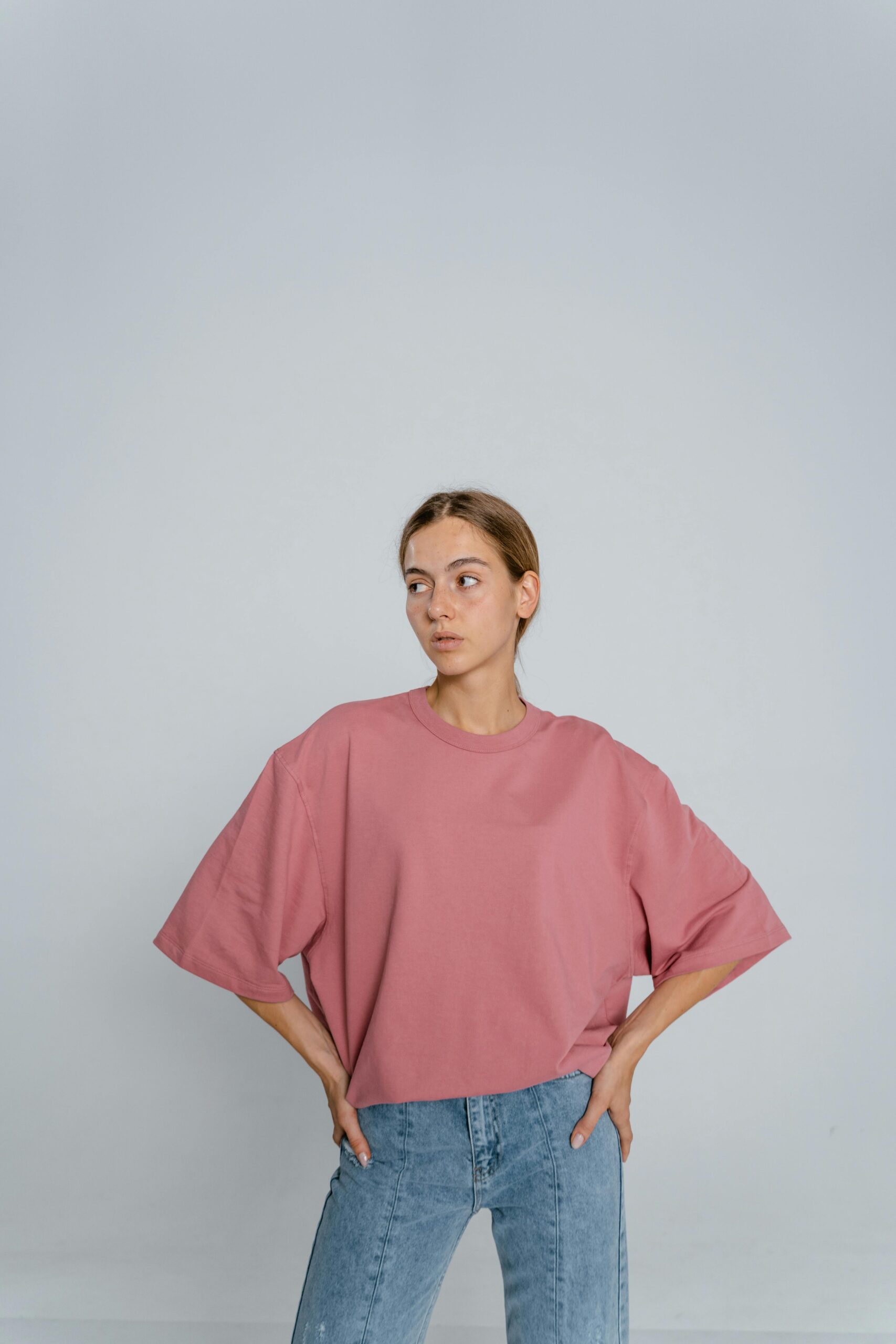
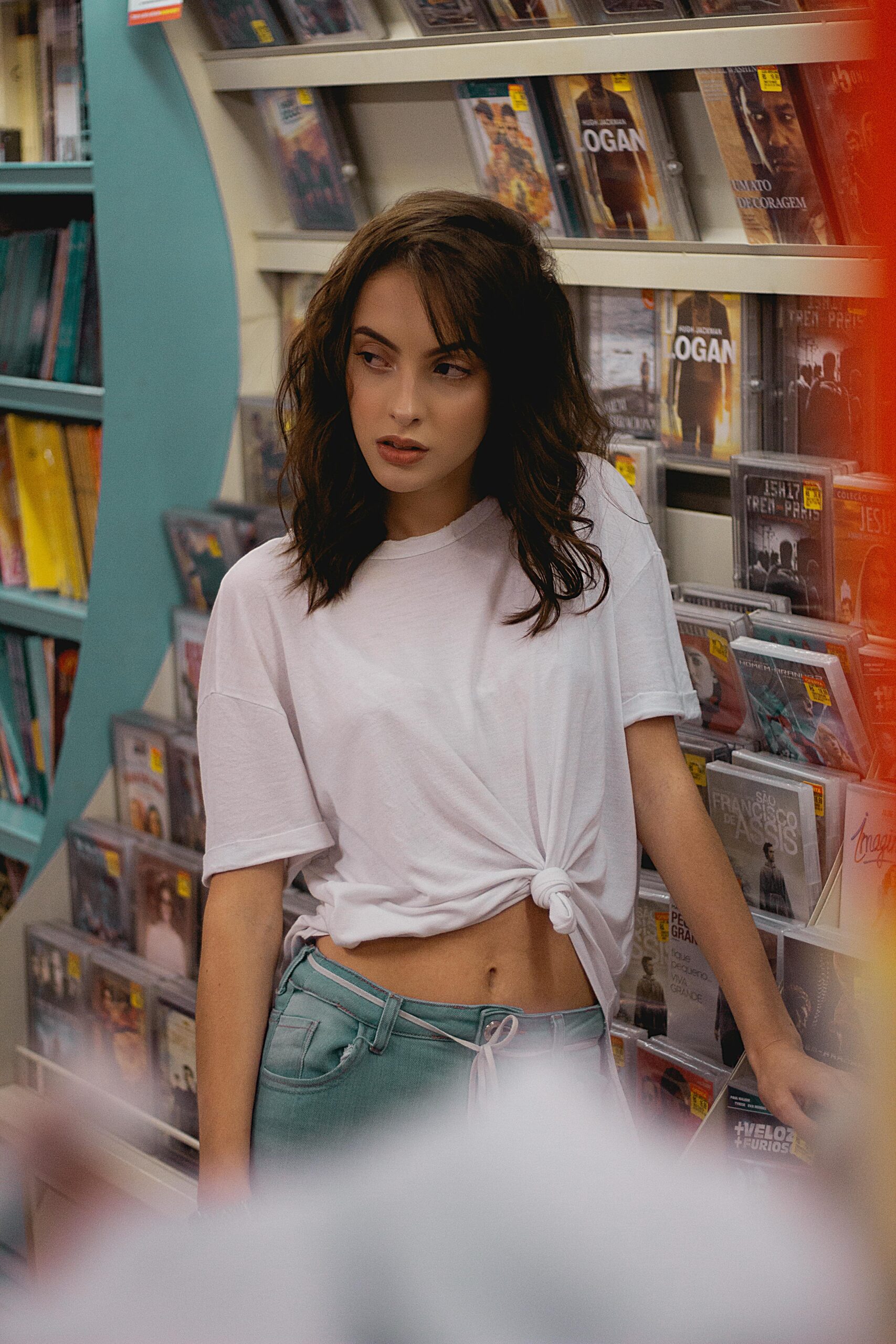





Leave a Reply